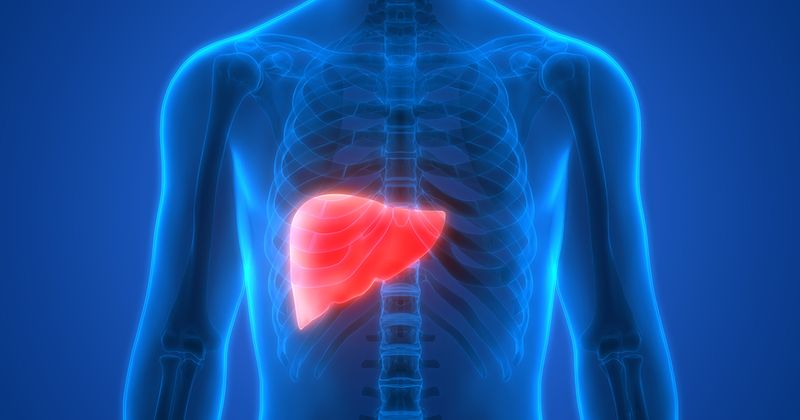Phase 2b interim data: Volixibat ‘potential future option’ for PBC, PSC
Interim analyses of two phase 2b studies of volixibat support its use as potential treatment for patients with primary biliary cholangitis and primary sclerosing cholangitis, according to a press release from Mirum Pharmaceuticals.
“The results of the interim analyses are very impressive as they confirm the potential of volixibat in targeting bile acids in PBC and PSC,” study investigator Kris Kowdley, MD, professor at Washington State University and director of Liver Institute Northwest, said in the release. “I look forward to seeing the final data with the goal of having additional therapies available to address the burden of disease in adult cholestasis.”

Image: Adobe Stock
Volixibat is an oral, ileal bile acid transporter inhibitor that previously demonstrated on-target fecal bile acid excretion, reduction of LDL cholesterol and improvement in markers of bile acid synthesis in phase 1 and 2 trials, the company said.
According to the release, interim results from the VANTAGE PBC study showed statistically significant improvement in pruritis from baseline among patients with PBC treated with volixibat 20 mg (–3.84) or 80 mg (–3.79) compared with placebo (–1.5), for placebo-adjusted differences of –2.34 and –2.29, respectively, as measured by the Adult ItchRO scale. In addition, 75% of treated patients experienced more than 50% reduction in serum bile acids, as well as improvement in fatigue at week 16.
No new safety signals were reported, and adverse events were comparable between treatment groups, the most common of which was mild to moderate diarrhea. There were four serious adverse events, including one in the placebo group, but no clinically meaningful changes in liver biomarkers.
The company noted that the VANTAGE PBC study will continue with volixibat 20 mg twice daily, as will the VISTAS PSC study, based on interim analysis that supports study continuation with the selected volixibat dose of 20 mg twice daily.
“The interim data from the VANTAGE study provide outstanding results in relation to what has been shown for treatment of pruritus in PBC,” Joanne Quan, MD, chief medical officer at Mirum, said in the release. “With both VISTAS and VANTAGE advancing to enroll their confirmatory portions, we are excited about volixibat as a potential future option to help patients overcome one of the most prevalent and burdensome symptoms of these rare liver diseases.”
